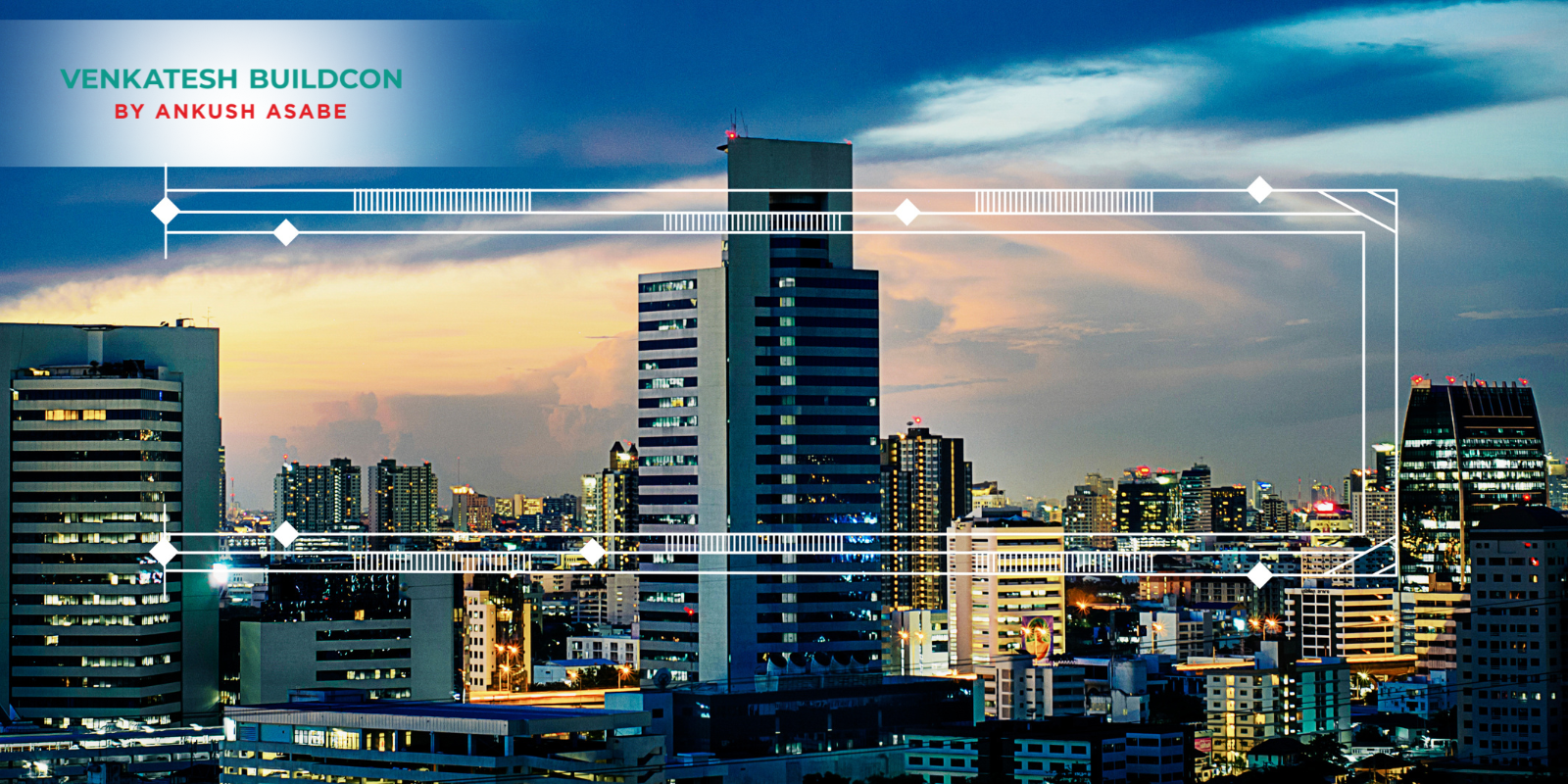In the dynamic landscape of Pune real estate, few factors shape long-term property value as profoundly as infrastructure and connectivity. For those planning to buy property in Pune, or invest in a premium residential project, understanding how roads, metros, and mobility corridors impact housing prices is essential. Pune’s rapid development is no longer limited to its core zones—connectivity has extended growth to the city’s peripheries, making accessibility the new currency of real estate value.
1. Key Infrastructure Projects Shaping Pune
Pune is witnessing an infrastructure renaissance. The Pune Metro—spanning more than 30 km in its first phase—has already transformed travel convenience between Vanaz, Shivajinagar, and Ramwadi. The upcoming Phase 2 expansion, connecting Kharadi, Chandni Chowk, and Wagholi, will bring peripheral zones closer to the city’s commercial heart.
Major road developments are also redefining urban mobility. The proposed 83 km Ring Road will decongest city traffic while linking key employment hubs such as Hinjewadi, Lohegaon, and Hadapsar. The Pune–Mumbai Expressway expansion and the Chakan–Talegaon bypass are further strengthening intercity logistics and residential appeal in industrial corridors.
Meanwhile, the Comprehensive Mobility Plan (CMP) envisions more than 500 km of new roads, dedicated Bus Rapid Transit (BRT) routes, and several multi-modal transport hubs connecting the metro, suburban rail, and bus systems. These infrastructure initiatives are the lifeblood of Pune’s transformation into a modern, well-connected metropolis—directly boosting demand for residential property in Pune.
2. How Connectivity Shapes Core, Mid, and Peripheral Zones
Connectivity doesn’t just reduce commute time—it reshapes real estate hierarchies.
In premium zones such as Kothrud, Aundh, and Koregaon Park, new road and metro connectivity introduces what experts call a “novelty premium.” Improved infrastructure enhances lifestyle convenience and sustains buyer interest, resulting in steady price appreciation even in mature neighborhoods.
In mid and peripheral zones, the impact is even more dramatic. Areas like Wagholi, Kharadi, Hinjewadi, and Undri have seen exponential demand growth following new road networks and metro extensions. The result is a “catch-up effect,” where peripheral markets witness a faster rate of price increase compared to established localities. For instance, the upcoming metro corridors connecting Wagholi and Chandni Chowk are already fueling buyer confidence, driving new launches and higher per-square-foot values.
This cascading effect highlights a clear pattern: the closer a project is to robust infrastructure, the higher its long-term appreciation potential.
3. Quantifying the “Connectivity Premium”
Industry studies consistently affirm that infrastructure proximity directly translates into price premiums. Knight Frank’s Vision 2047 report notes that connectivity will be the single most influential driver of real estate value in the next two decades. Residential projects located within one kilometer of metro stations or expressways tend to command a 10–25% higher price than similar properties further away.
Research by CREDAI, JLL, and Anarock reveals that well-connected micro-markets consistently outperform citywide averages. In Pune, projects along upcoming metro lines and near expressway junctions have already recorded an 8–15% annual appreciation, underscoring the tangible value of connectivity. Buyers evaluating property in Pune city or seeking homes in Pune for sale are therefore prioritizing accessibility as much as amenities.
4. How Venkatesh Buildcon Leverages Connectivity
For a leading real estate company in Pune like Venkatesh Buildcon, infrastructure is central to strategic planning. The company focuses on selecting plots in well-connected or upcoming zones, ensuring its projects are aligned with Pune’s future growth. Each development emphasizes last-mile connectivity, public transport access, and major road frontage—factors that enhance convenience and long-term value.
By aligning delivery timelines with major infrastructure rollouts, Venkatesh Buildcon not only strengthens buyer confidence but also ensures that its projects capture the full benefit of connectivity-driven appreciation. This foresight allows the brand to stand among the best real estate projects in Pune, offering buyers a balance of lifestyle, location, and investment security.
Conclusion
Infrastructure is not just shaping Pune’s skyline—it is redefining its real estate map. As metro corridors expand, expressways evolve, and ring roads materialize, connectivity continues to be the silent engine powering property appreciation. Core areas gain refinement, mid-segments gain accessibility, and peripheral zones gain opportunity.
For those exploring top properties in Pune or planning to buy home in Pune, focusing on projects with assured connectivity is the smartest investment strategy. Developers like Venkatesh Buildcon, who integrate infrastructure foresight into their planning, are helping redefine what it means to build in one of India’s most promising urban markets—Pune India real estate, where connectivity truly equals capital growth.
 Residential
Residential
 Ongoing
Ongoing
 Completed
Completed Upcoming
Upcoming Commercial
Commercial





